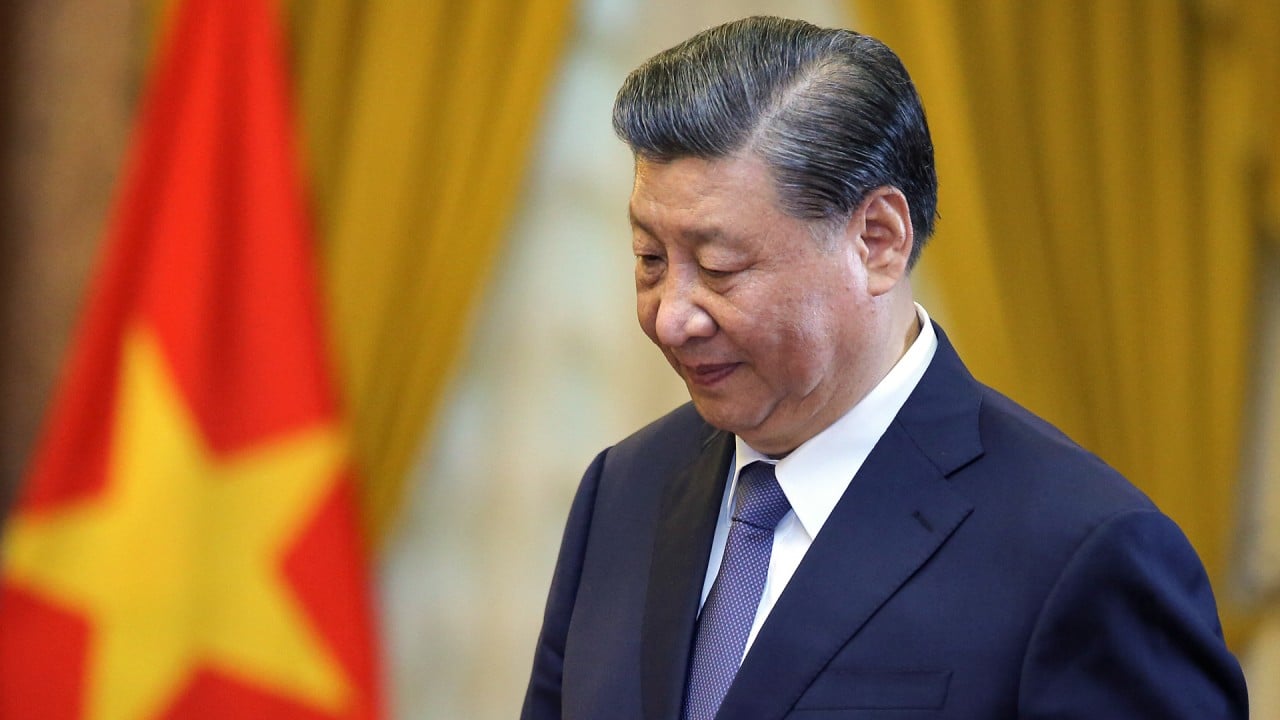China ups Asean trade, investment push with new high-speed railway link connecting to Vietnam border
“It is of great significance for facilitating the travel of people along the route, boosting border tourism and economic and trade exchanges, and promoting infrastructure connectivity for the Belt and Road Initiative.”
The dual-purpose line, which can handle both passengers and freight, has a maximum speed of 200km/h (124mph).
Having overcome various geological and environmental challenges during four years of construction, the line has reduced the travel time between Fangchenggang and Dongxing from one hour to 19 minutes, according to the Nanning branch of the China State Railway Group.
Currently, trains cannot run through the border due to different gauges adopted by the two countries.
But despite having appeared in every diplomatic declaration between Beijing and Hanoi in the past eight years, the Lao Cai-Hanoi–Haiphong railway project has remained on the drawing board due to Vietnam’s concerns over costs, anti-China sentiment and broader geopolitical factors.
